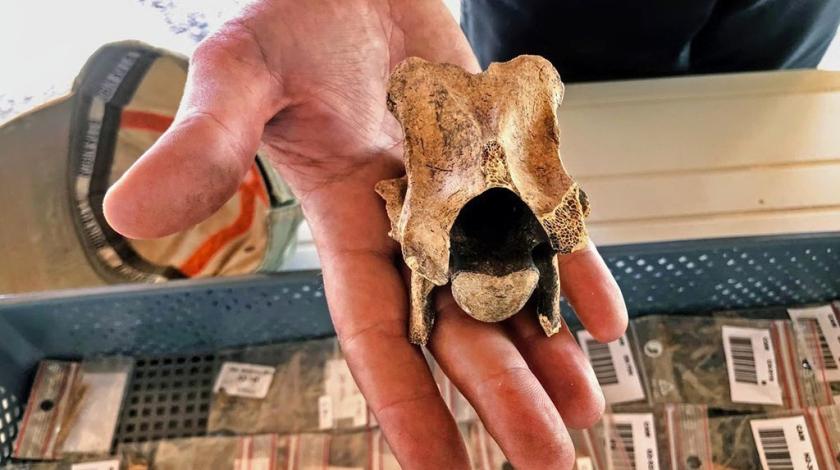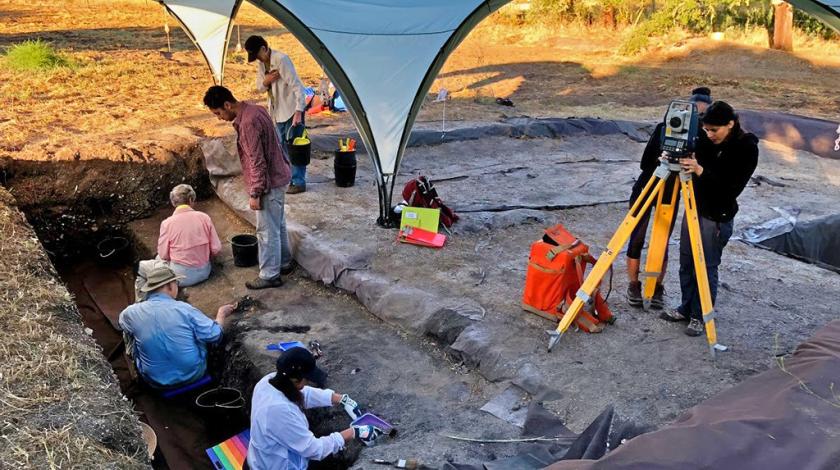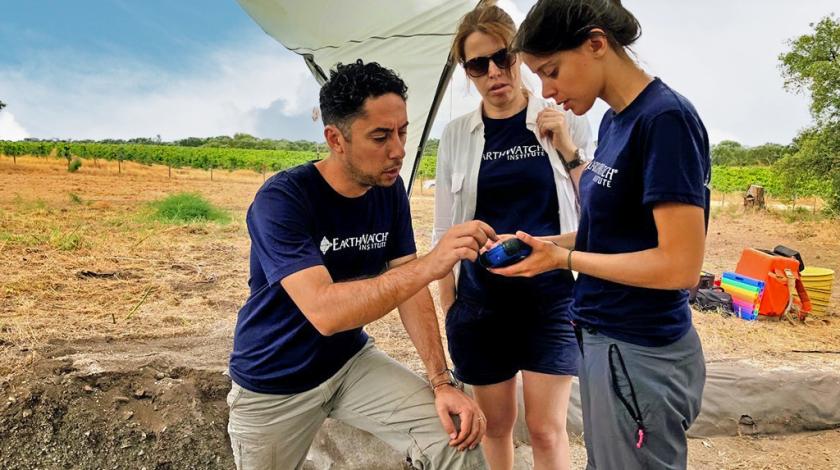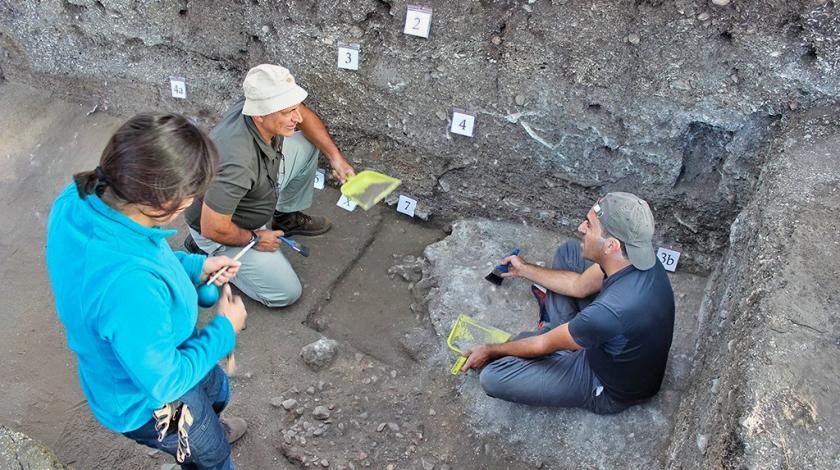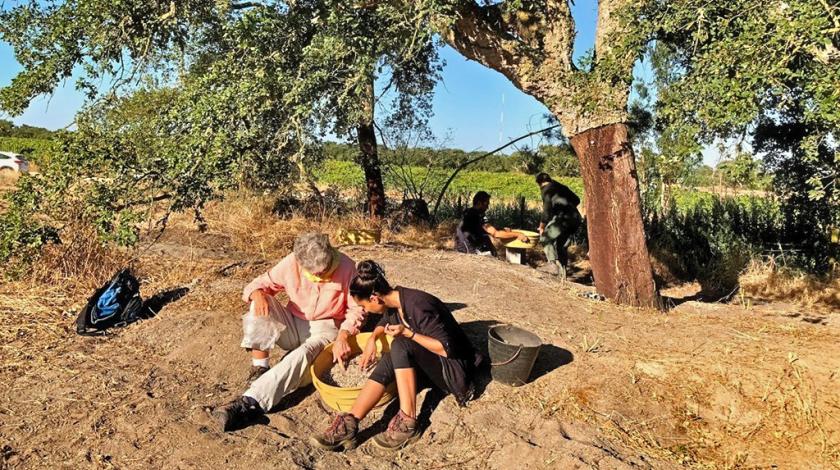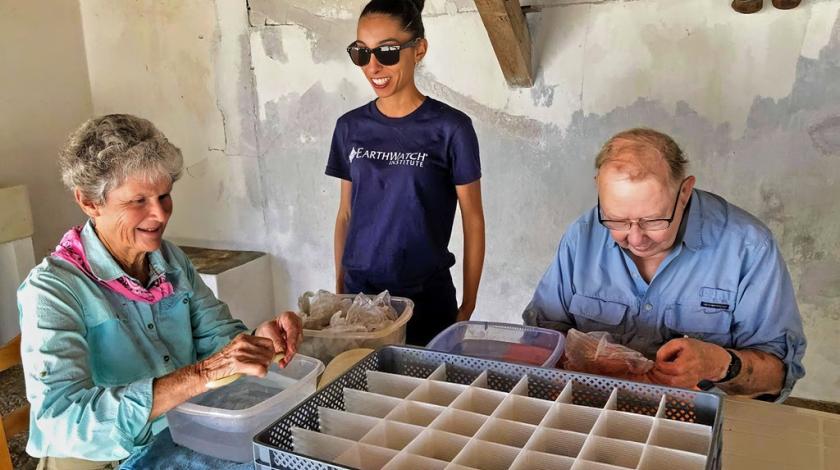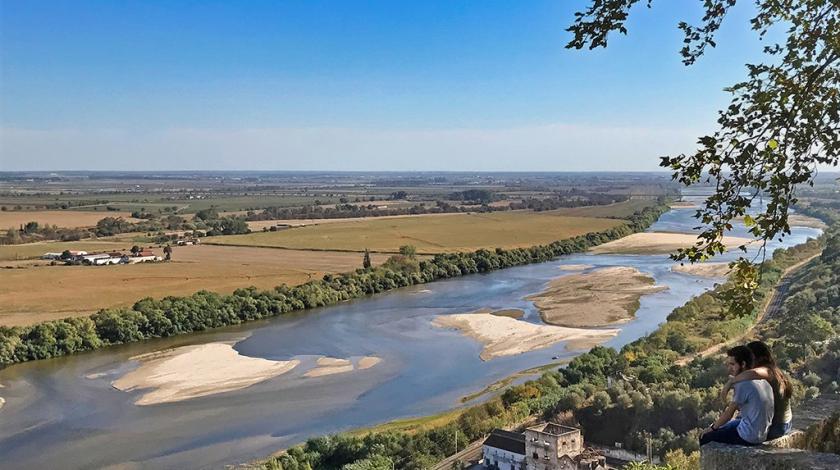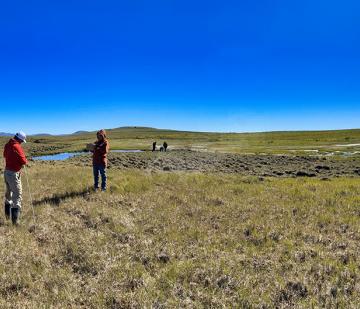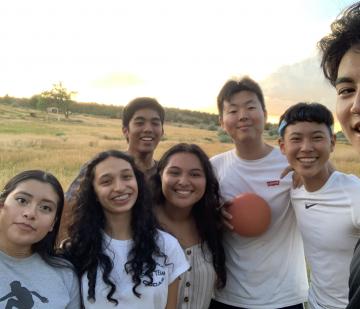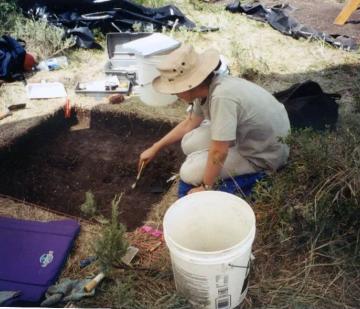BOOK WITH A $500 DEPOSIT
Discovering Ancient Societies in Portugal
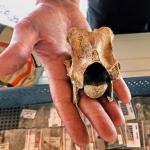
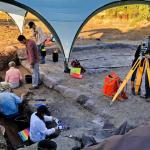
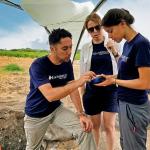
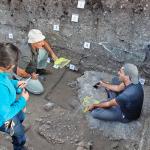
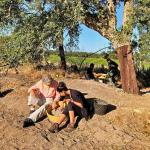
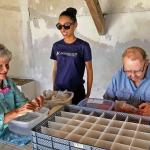
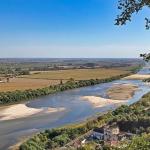
Contribute to conserving one of Portugal’s National Monuments while finding clues about the transition from hunter-gatherer to farming populations. A better understanding of the past will give us an improved understanding of our cultural societies today.
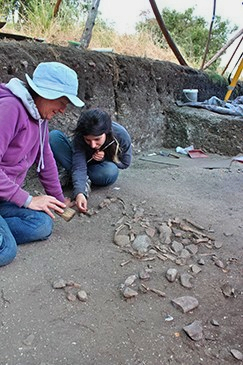 Around 8,000 years ago, Central Portugal underwent a dramatic shift in lifestyles from hunting and gathering to farming and herding. This transition, known as the Mesolithic-Neolithic transition, remains one of the most controversial issues in prehistory archaeology, attracting significant archaeological debate and extensive research. The common-held belief is that hunter-gatherers disappeared from Central Portugal around 7,000 years ago, and later, farmers and herders settled in the area. But now, archaeologists are uncovering clues contradicting this.
Around 8,000 years ago, Central Portugal underwent a dramatic shift in lifestyles from hunting and gathering to farming and herding. This transition, known as the Mesolithic-Neolithic transition, remains one of the most controversial issues in prehistory archaeology, attracting significant archaeological debate and extensive research. The common-held belief is that hunter-gatherers disappeared from Central Portugal around 7,000 years ago, and later, farmers and herders settled in the area. But now, archaeologists are uncovering clues contradicting this.
By analyzing bone tools, shells, ornaments, and human remains, researchers will trace the transition between these periods to better understand the complex changes not only in technology and subsistence but also in how people thought about themselves and the world around them, as well as the nature of their social interactions.
Join researchers in Tagus Valley, Portugal, one of the most important regions, to study this transitional phase and help discover the answers to establish a timeline. You’ll excavate, sifting for tools and other evidence of human activity while working to preserve part of Portugal’s natural and cultural heritage.
A Typical Itinerary
- Day 1: Meet and travel to the field site.
- Days 2–6: Excavate at the field site, analyze artifacts, and process findings in the lab.
- Day 7: Departure
You also have the option of joining a 13-day team.
.
HOW YOU WILL HELP
.
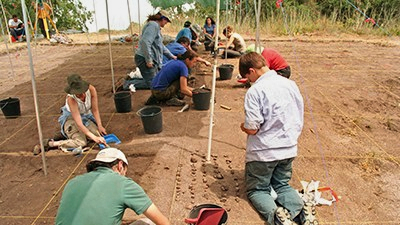
EXCAVATING MUGE MESOLITHIC SHELL MOUNDS
You will assist researchers in excavation at the site by helping record data, operate software, screen sediment, and collect archaeological samples.
.
.
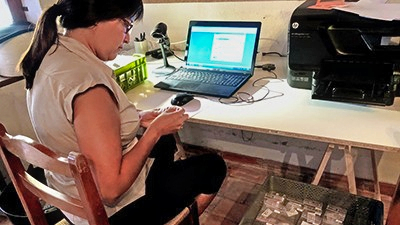
PROCESSING AND ANALYZING ARTIFACTS IN LAB
In the lab, you will wash and dry-brush artifacts, sort and label archaeological findings, and assist with examining plant and animal remains that are clues to the diet of those who lived there. You might have an opportunity to help analyze human remains, should they be discovered on site.
.
Field conditions and research needs can change the itinerary and activities. We appreciate your cooperation and understanding.
.
.
FEEDBACK & QUESTIONS
.
6 Reviews on this Expedition
GET EARTHWATCH NEWSLETTER
Bi-weekly announcements, new expeditions, and updates on our impact around the globe.
